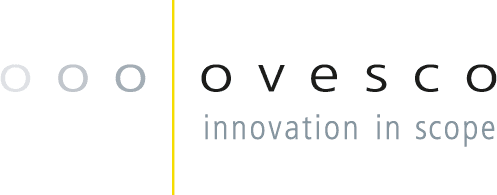OTSC use decreased the rebleeding rate in high-risk (RS ≥ 8) patients with statistical significance compared to the rates reported by the Rockall study (0 % vs. 53 %, p < 0.01). Also in intermediate-risk (RS = 4 – 7) patients rebleeding was reduced (0 % vs. 24 %, p = 0.08).
Asokkumar et al., Singapore General Hospital, Singapore, studied rebleeding and mortality rates of patients treated with OTSC for high-risk adverse outcome (HR-AO) non-variceal upper gastrointestinal bleeding (NVUGIB).
The Rockall data and a historic cohort of the same institution (52 patients with peptic bleeding) were used for comparison. 18 patients with 19 bleeding lesions were included: 9 (47 %) duodenal ulcers, 4 (21 %) Dieulafoy’s lesions, 3 (16 %) gastric ulcers, and 3 (16 %) bleedings after gastric biopsy, gastric polypectomy and endoscopic ultrasound-guided fine-needle aspiration of peri-gastric mass. OTSC was applied as first-line treatment in 10 (53 %) and as second-line treatment in 9 (47 %) lesions. Complete hemostasis was achieved in all patients. There were no complications associated with OTSC placement. OTSC use significantly decreased (0 % vs. 53 %, p < 0.01) and reduced (0 % vs. 24 %, p = 0.08) the rebleeding rate in high-risk (RS ≥ 8) and intermediate-risk (RS = 4 – 7) Rockall score patients as compared to the rates reported by the Rockall study, respectively. When compared to the institution’s prior study, a decrease in the rebleeding rate was found with OTSC (0 % vs. 21 %, p = 0.06) in the intermediate-to-high risk Rockall score patients (RS ≥ 4). There was no difference in mortality rates as compared to both control studies.
The authors concluded that use of OTSC is safe, efficacious and appears superior to standard treatment for HR-AO NVUGIB. OTSC should be considered as first-line treatment for HR-AO bleeding.
Use of over-the-scope-clip (OTSC) improves outcomes of high-risk adverse outcome (HR-AO) non-variceal upper gastrointestinal bleeding (NVUGIB)
Asokkumar R, Soetniko R, Sanchez-Yague A, Wie LK, Salazar E, Ngu JH
Endoscopy International Open 2018; 06: E789-E796 C


 Deutsch
Deutsch  Français
Français 